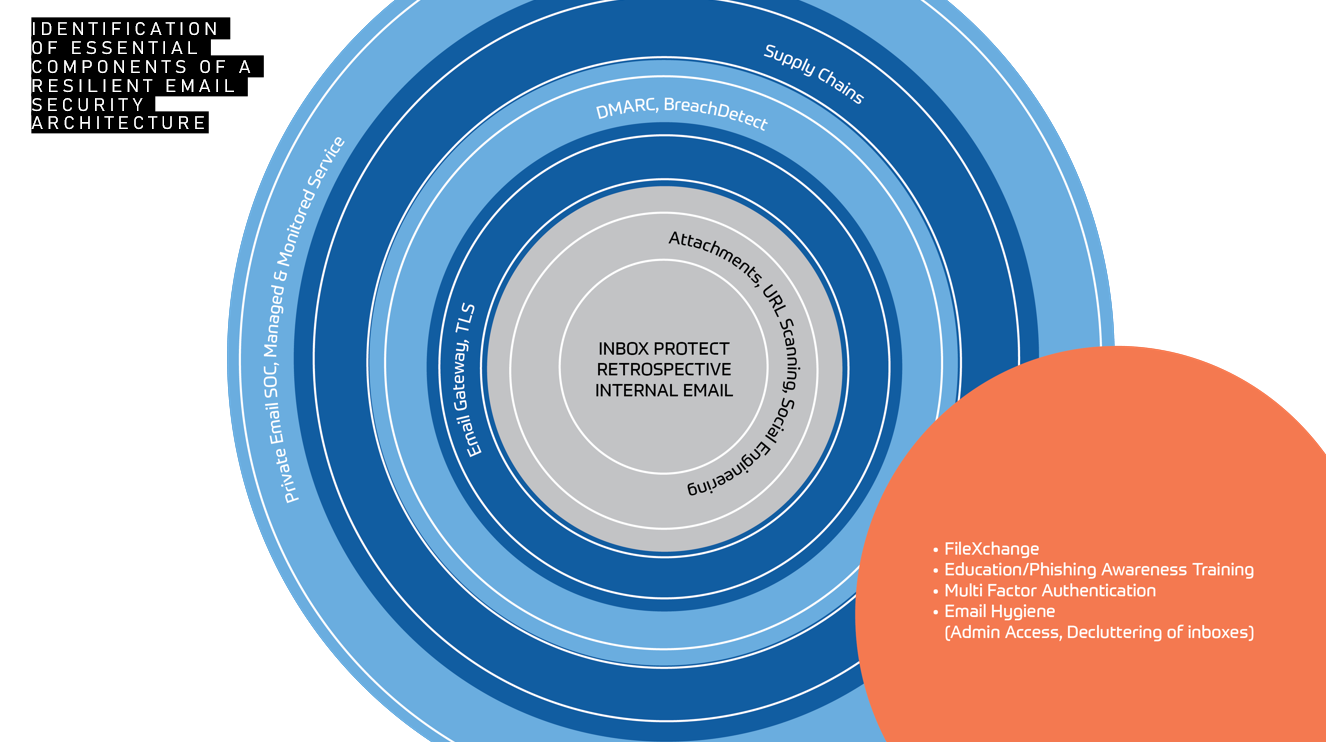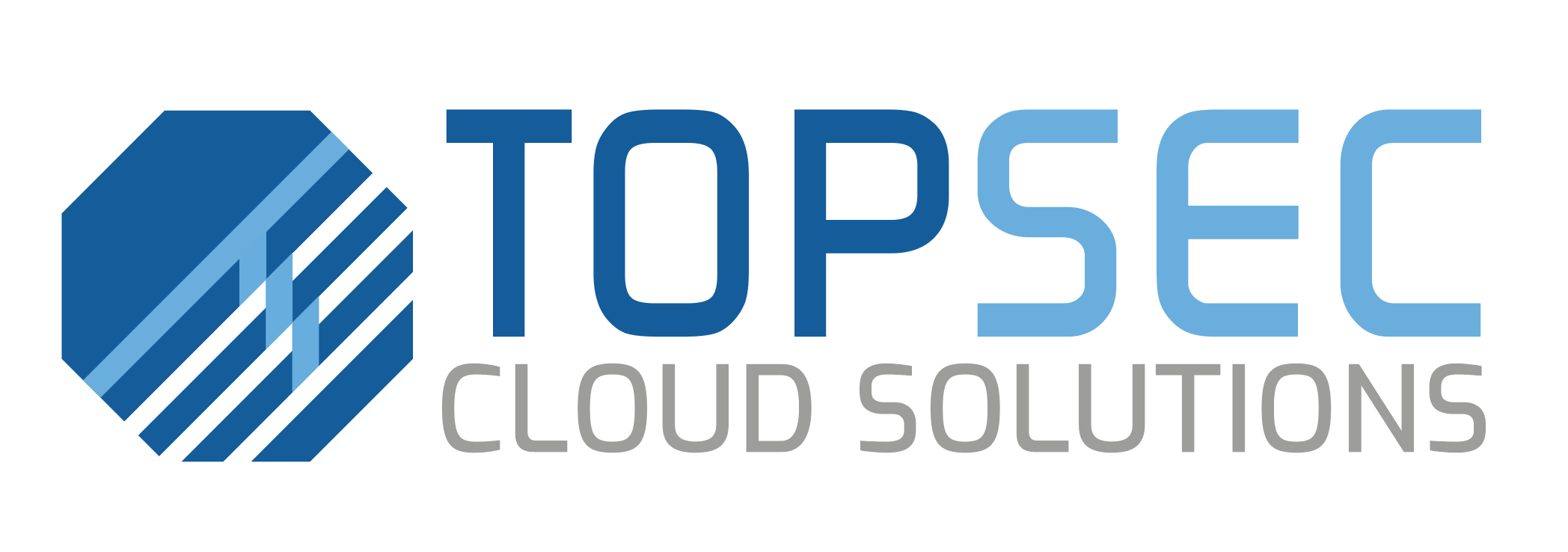How to Build a Resilient Email Security Architecture

How to Build a Resilient Email Architecture. Strategies for Enhanced Cybersecurity Get a Quote Download Datasheet Email Security > How to Build a Resilient Email Architecture. By Cian Fitzpatrick | 1st May 2024 Email (and email security) is the cornerstone of modern business. Efficient, convenient, productive, it’s the most prolific business tool on which we’ve come to rely. Hence, email remains the primary medium by which cyber threats enter an organisation (91% of threats come through this gateway). Tactics to slide through security systems are becoming increasingly sophisticated, and reliance on human fallibility is key to successful breaches. Effective cybercriminals use a multipronged approach in their endeavours: technology… and social engineering. If we wish to counteract their techniques, we need to proactively defend our assets. And also use a multidimensional strategy. Technology alone is not enough. But it helps. Employee education alone is not enough. But it helps. What are the biggest threats to email security? Bad actors are getting smarter. We’re seeing more malicious QR codes within emails and email attachments. They often appear harmless at first, but post-delivery, they’re able to change destination or characteristic. Likewise with URLs, threats can be triggered and clicks redirected, hours or even days after arrival in an inbox. This can make it difficult for gateway security systems to nab threats as they enter a domain. There’s also been a rise in OneDrive as a delivery method of malicious threats, with files that look initially like they contain nothing untoward. Again, threats are triggered some time later. Whaling and spear phishing attacks are on the increase, where senior staff is tracked and targeted. Information is accumulated from across the web, using social media, and professional platforms to find out who’s-who and where they are. Impersonation techniques involve the clever use of AI and other easily available technology. Remember that this is an industry the size of a country’s economy (third after the US and China, in fact). Compromises in the supply chain are also growing. The use of contractors can be risky. But who doesn’t use contractors and partners? If a supplier’s security is not up to scratch, the knock-on can be huge, and cybercriminals are exploiting smaller suppliers to funnel into larger organisations. Partners are often trusted and the relationship is solid, and so systems don’t flag them up. Human behaviour will always be a stumbling block for organisations. And not just users who are prone to social engineering – which is all of us – there’s also the risk that protocols like DKIM/DMARC are not set up correctly. Compliance regulations and cyber insurance policies may demand these protocols, but correct set-up takes effort and understanding. IT departments are under huge pressure, it’s not surprising then that these protocols become a mere box-ticking exercise. IT staff are often at the point of burn-out and their familiarity with risks, or incessant flags on the systems they monitor, can hinder them from seeing the wood for the trees. What can we do? Central to protecting a cyber environment is a proactive approach. Constant staff-awareness training should be one arm of defence, and technology, the other. A proactive approach means tackling emails before they reach inboxes, before they’re in transit on an organisation’s infrastructure. Once a threat is in an inbox, it could be too late. The onus is then on the user to determine that the email is fraudulent, and this could be the weak link. The sophistication of these scams lies in their appearing sound of character, links and attachments are unthreatening. But they’re manipulable once they’ve reached their destination, and that when they attack. Scammers are taking less of a birdshot approach now. They’re targeting specific people or roles in an organisation, and starting a process of engagement which begins innocently enough. Like this, their emails seem legitimate and go unflagged. Once they have you on a trusting journey, they’re able to lead you to malicious content. DMARC (Domain-based Message Authentication, Reporting and Conformance) is an email authentication protocol. Its aim is to protect an email domain from unauthorised use, particularly email spoofing, or the creation of forged email addresses. Set up DMARC Protection correctly in order to protect businesses from email-based compromises, phishing scams, and other cyber threat activities. Ensure your email security solution scans malicious qr codes Get A Quote The path of an email in an ideal environment On entry to an organisation, an email encounters an antivirus scanner, where it will be reviewed for legitimacy. DMARC and DKIM protocols will be correctly configured and vulnerabilities are constantly monitored on the Dark Web. The AV scanner will look at whether an email’s credentials have been previously encountered, if there’s an existing fingerprint for it, whether or not it has an attachment, link, or QR code. There are three options at this point. The email may be found to be legitimate and risk-free, it may be deemed malicious and blocked, or it may go into a sandbox for further investigation. There are several sandbox environments, one for attachments, one for URLs, one for QR codes. What’s a sandbox? An email sandbox is an isolated environment identical to the user environment. It’s like a laboratory, where an attachment can be exploded or code can be executed in the vacuum of the sandbox without affecting or bringing down the entire network. Sandboxes are particularly effective against Advanced Persistent Threats (APTs), which are custom-developed, targeted attacks. Their aim is to steal data and they’re designed to elude traditional detection methods. Human intervention and observation allows for further research into an attempted attack and action taken. The knowledge and experience of people cannot be underestimated in cybersecurity. Architecture aside… You can have all the best systems in place, solid procedures, cutting edge technology, and the most vigilant IT team, but ultimately, the target for cybercriminals is you and me. Every person in an organisation is a possible access point for a scammer. And so it is up to each person to be the

